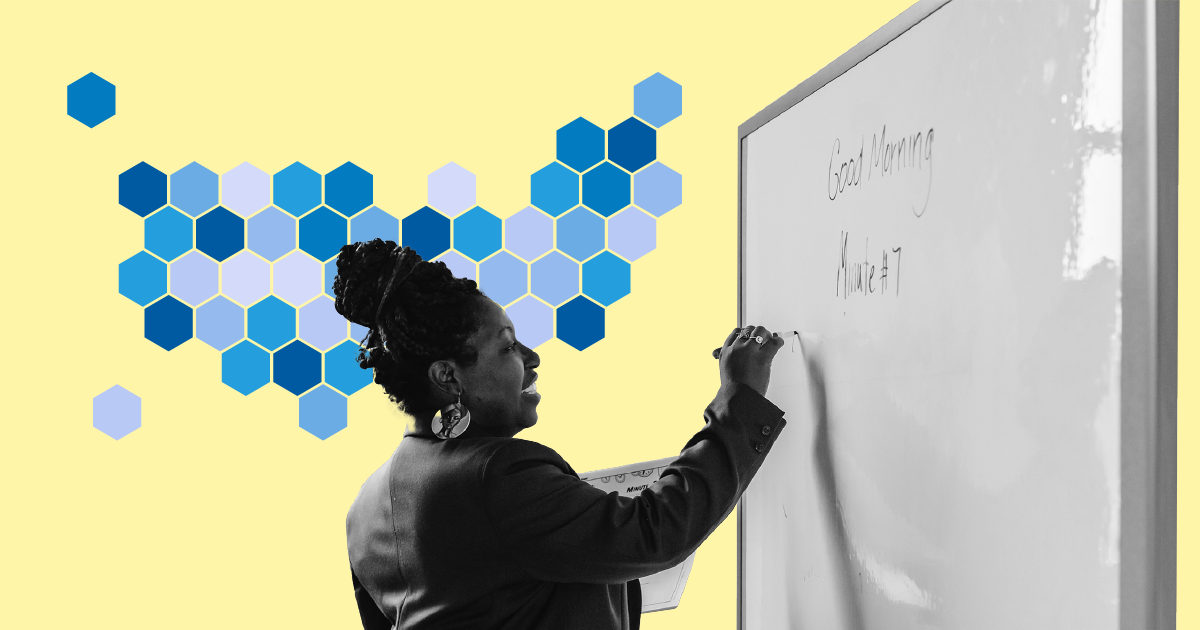Education
Which states pay teachers the most and least?

Almost 4 million children were involved in maltreatment investigations in 2020, according to data from the Department of Health and Human Services. Out of those investigations, more than 618,000 children were found to be victims of abuse or neglect. More than 77% of the perpetrators of the abuse are parents of the victims.
The child maltreatment database only includes reported cases of child abuse. More than two-thirds of cases are reported by professionals that often have a legal obligation to report suspected abuse, such as teachers, law enforcement officers, and social workers. However, not all incidents of abuse or neglect are reported, so the data likely underrepresents the number of victims.
About 1,750 children died from abuse or neglect in 2020, a rate of about 2 per 100,000 children. The rate per 100,000 for child deaths from abuse or neglect has stayed steady since 2005. Fatalities decreased 5% compared with 2019. Almost half of the victims were younger than 1 year old.
Younger children experience abuse or neglect at the highest rate of any age group. The victimization rate was at its highest for children under one year of age, about 25 per 1,000 children. For children 6 years old and above, the victimization rate decreases to under 8 per 1,000 children.
Victimization rates also vary based on racial and ethnic groups. American Indian or Alaska Native children have the highest rates of victimization, at more than 15 per 1,000. This is almost 14 percentage points higher than Asian children, who have the lowest victimization rate at 1.6 per 1,000.
Victimization rates vary greatly from state to state. Pennsylvania was the state with the lowest victimization rate in 2020, at 1.7 per 1,000 children. Maine’s victimization rate was more than 10 times greater, at 19 per 1,000, the highest rate in the country.
Since the data can only track reported cases of abuse, the number of social workers in each state can affect the overall numbers. In other words, if states don’t have the staff to investigate all suspected abuse claims, some amount of child abuse or neglect will not show up in this data. States with some of the highest victimization rates also have some of the lowest ratios of children per social worker. For example, Maine, Alaska, Massachusetts, and Kentucky all have high victimization rates and under 150 children per social worker.
In Florida, Washington, and Tennessee, over half of child abuse or neglect victims have already gone through Child Protective Services at least once. In Pennsylvania, Virginia, and Minnesota, fewer than 1% of victims already went through the system, with 99% being first-time victims.
You are signed up for the facts!
While federal law requires all states to make a “reasonable effort” at reunification of a child with the parents, the extent of these efforts can vary state by state. This is because states get to decide on their own what it means to make a reasonable effort. As a result, permanently removing a victim of abuse or neglect from a home is easier or more difficult, depending on the state.
For more data on child well-being, check out USAFacts’ Child Care and Wellbeing metric page and get the facts directly in your inbox by signing up for our newsletter.
Newsletter
Keep up with the latest data and most popular content.